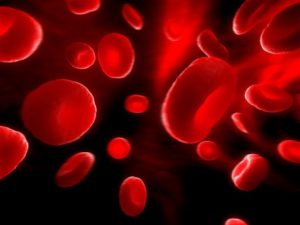The Recipient Epidemiology and Donor Evaluation Study-III (REDS-III) has gathered detailed information on both inpatient and outpatient transfusions over the past 6 years in the United States. Data from a two year period (2013-14) collected from 12 U.S. hospitals in four regions among inpatients was recently published in Transfusion. Based on 641,751 inpatients, 12.5% (80,362) received a transfusion—the majority were transfused with RBCs (10.9%). Platelet and plasma transfusions occurred less frequently (3.2% and 2.9%, respectively). Almost one half (47%) of all transfused units were issued in the general wards; 25.7% of units were used in the ICU and 19.8% in the operating room. The mean hemoglobin level for transfused patients was 7.6 g/dL, which is consistent with restrictive transfusion approaches. Patient mortality with regard to transfusions increased with age, number of units transfused, and the use of platelets or plasma. Febrile non-hemolytic reactions were the most commonly reported adverse events. Large, comprehensive databases such as the REDS-III are a valuable resource that researchers can utilize to help make transfusions safer for patients.
Reference:

